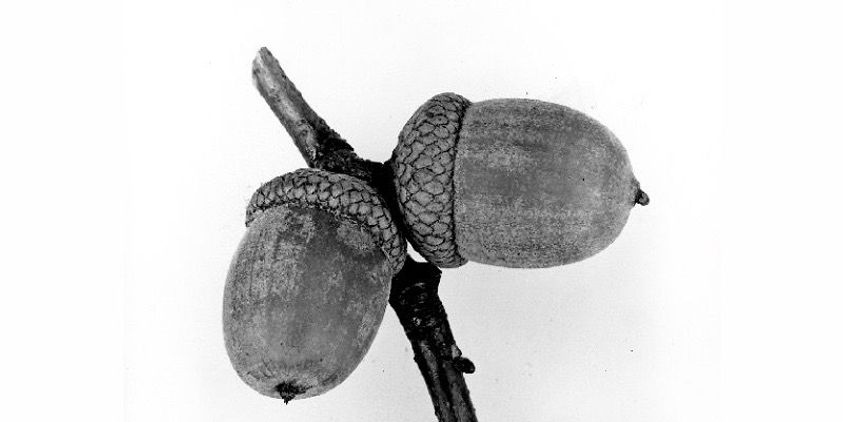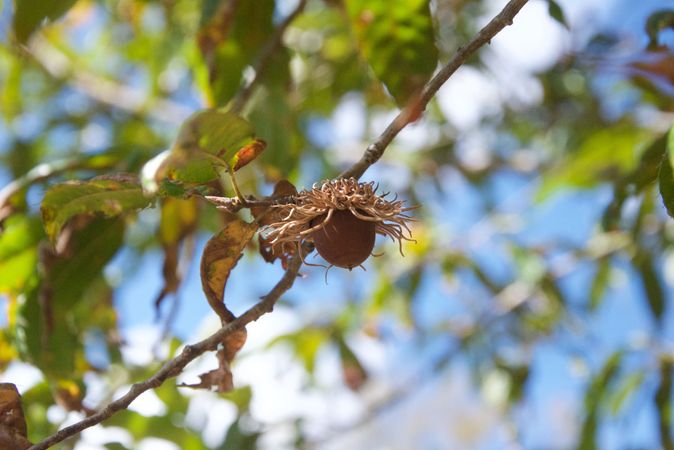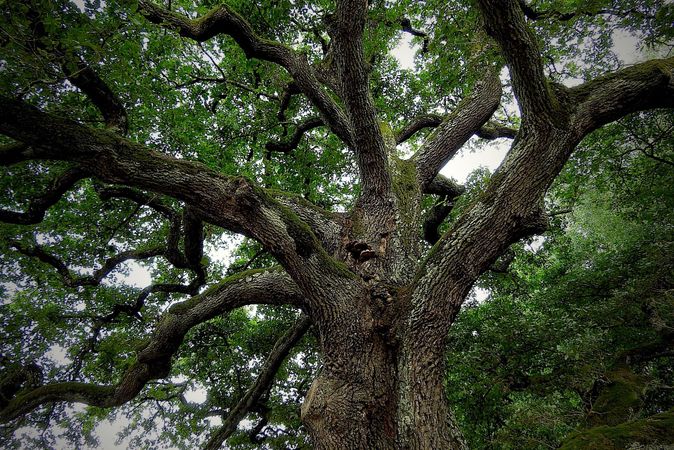What Kind of Oak Trees Do Deer Like?
While many deer hunters and rural property owners can recognize the most common oak trees, fewer can name the trees that produce the most palatable acorns for deer. Even less can explain why certain acorns are tastier than others.
Knowing how to recognize the differentiating characteristics of each oak species and learning to identify those species in all seasons — for instance, in winter when trees have dropped their leaves or in summer when there are no acorns on the ground — aid in two things we care deeply about:
- Finding Deer Hunting Success
- Improving Rural Property Value
Oak Trees: Red Versus White
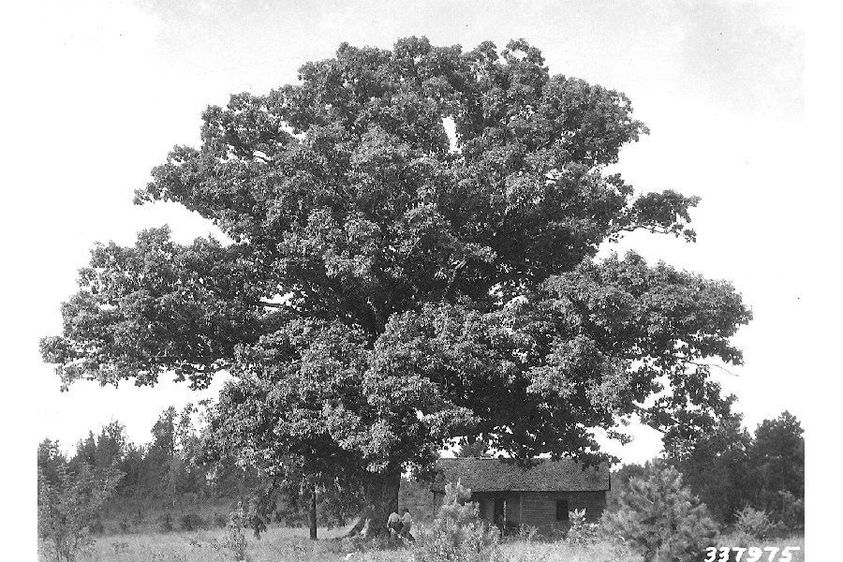


These oaks are prominent in the Midwest. Some say this is the crème de la crèmeof all acorns. Also known for their sweetness, the bur oak’s acorns feature a deep cup, and its distinguishing feature is a fringe on the margins of the cup. The bur-oak acorn is brown, and nearly a third of the acorn is encased by cup or hat.
3. Post Oak
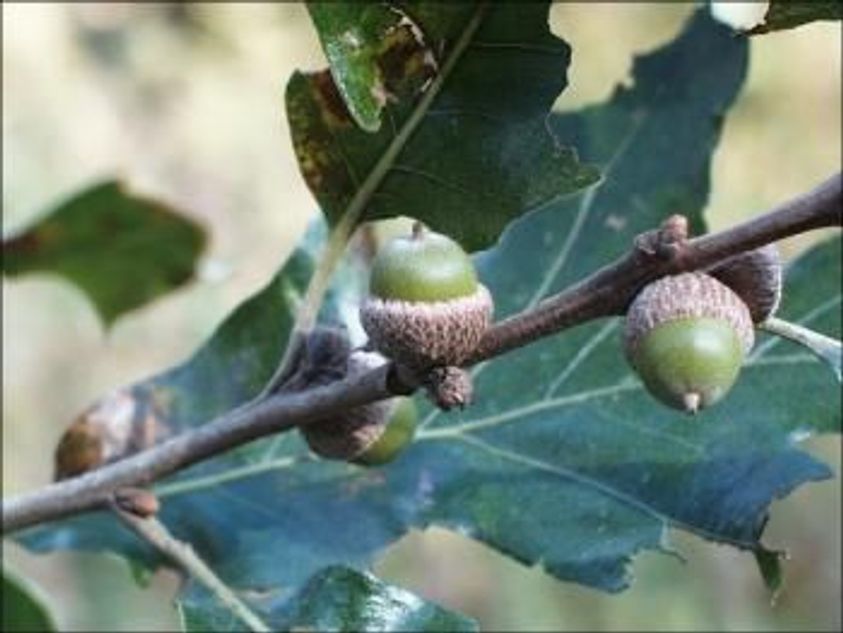
4. Live Oak
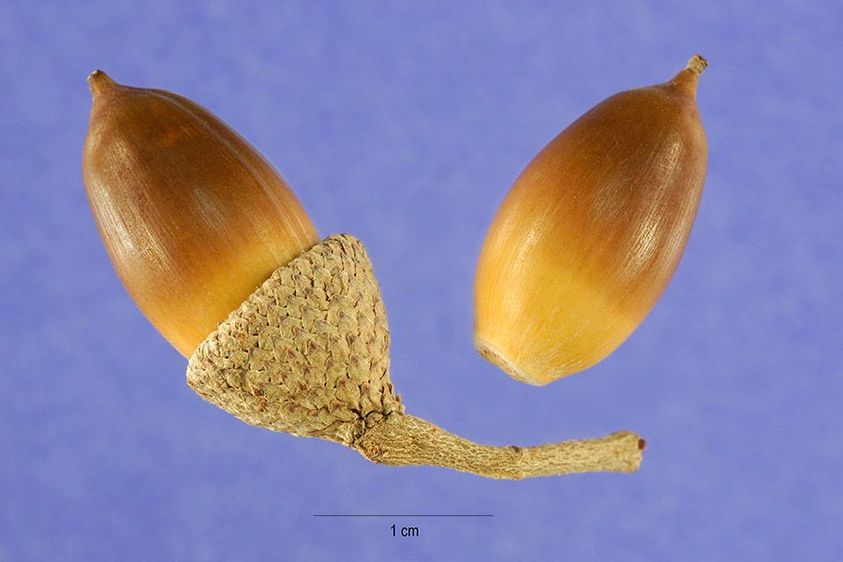
This uniquely southern tree produces green acorns that turn dark brown at maturity. These acorns, also highly palatable to deer and other wildlife, are around ¾” in length.
Red Oak Group: Acorn Profile
1. Northern Red Oak

This oak species produces one of the largest acorns but — like all acorns in the red oak group — it’s high in tannic acid. This makes the acorn bitter and less desirable. This acorn is chestnut brown and its cup is wide and shallow, only covering about a fifth of the fruit.
2. Water Oak
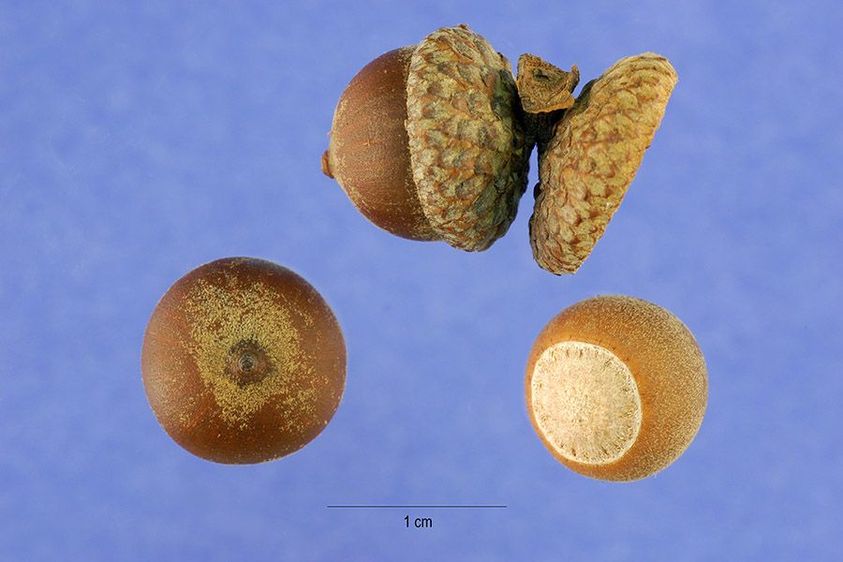
These acorns are approximately a ½” in length with alternating bands of brown and black. The water oak produces high yields of acorns. So while the taste is bitter, the abundance is there and the acorns will help carry deer through the winter months. This is critical when acorns from the white oak group are long gone.
3. Pin Oak

4. Black Oak

Common in the Midwest and East, especially in the Appalachian states, these acorns are highly nutritious but very bitter. They’re also resilient, often lasting through winter and into early spring. The acorn is reddish-brown and can range from a ½” to ¾” long. It has a light-brown cup.
Bonus: What about the Sawtooth Oak?
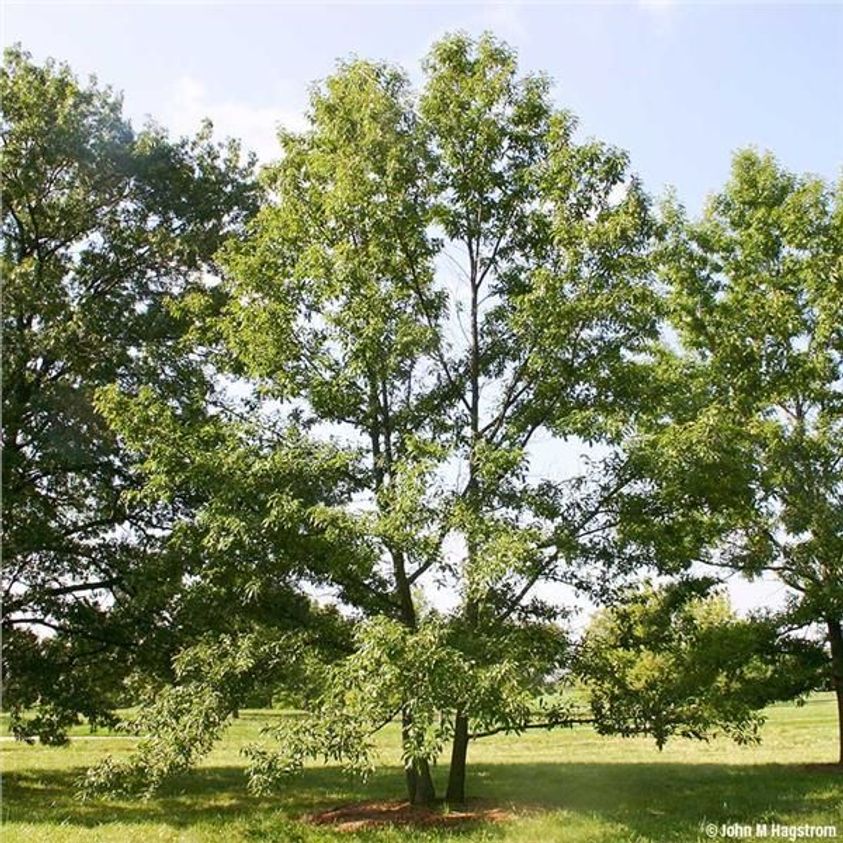
The Sawtooth Oak breaks some rules. It has characteristics of both the red oak group and the white oak group. It’s a non-native oak and isn’t prominent on the U.S. landscape. Hailing from Japan, Korea, China and the Himalayan Mountain range, the sawtooth oak was introduced to America in 1862. It likely gets its name from the distinctive sawtooth-edged leaves.
The upsides of the sawtooth oak are many. It’s a fast-growing tree: heights can increase anywhere from 13 inches to more than 24 inches in a year. Unlike most oaks, it transplants easily, and its acorns are palatable to deer and uncharacteristically long at 1 inch. The tree grows in a pyramidal shape that rounds over time.
It’s a great tree for hunters and landowners to plant if their property is low on native oak trees, and they’re looking for quick (in relative terms) results. It produces acorns after just five years. At maturity, sawtooth oaks can reach up to 70 feet.
What’s Next?
Now that you know which acorns are favored by deer and other wildlife and the unique features of each, can you identify the trees that produce them? If not, it’s OK. We’ve created a field guide to the eight oak trees covered in this blog post: four trees in the white oak group and four trees in the red oak group. You can read descriptions of each oak tree’s distinct shape, bark patterns and leaf structure.


